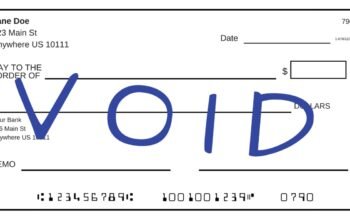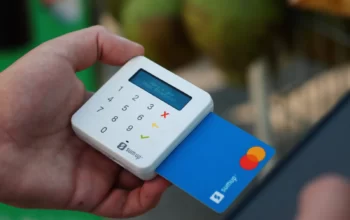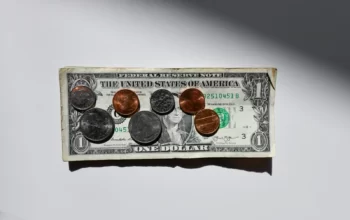middleportal.com – In today’s fast-paced world, the need to send money quickly and securely is more important than ever. Wire transfers offer a convenient and efficient way to transfer funds electronically, both domestically and internationally. But with so many options available, the process can seem daunting. This guide will walk you through the steps of wiring money, from choosing a provider to tracking your transfer.
1. Choose a Wire Transfer Provider
Your first step is to choose a provider to facilitate your wire transfer. You have two main options:
Banks: Traditionally, banks have been the primary providers of wire transfer services. They offer a secure and reliable platform, but their fees can be high, especially for international transfers.
Non-bank providers: These companies, such as Western Union, MoneyGram, and PayPal, offer a competitive alternative to banks. They typically have lower fees and faster processing times, but their exchange rates may be less favorable.
Here are some factors to consider when choosing a provider:
- Fees: Compare the fees charged by different providers, including transfer fees, currency exchange fees, and any additional charges.
- Exchange rates: If you’re sending money internationally, compare the exchange rates offered by different providers.
- Transfer speed: Consider how quickly you need the funds to arrive. Some providers offer faster transfer times than others.
- Convenience: Choose a provider that offers a convenient way to initiate a transfer, whether online, through a mobile app, or in person.
- Security: Make sure the provider you choose is reputable and offers a secure platform for transferring funds.
2. Gather the Necessary Information
Once you’ve chosen a provider, you’ll need to gather some information about the recipient and the transfer itself. This typically includes:
- Recipient’s name: This should be the full legal name of the person or organization receiving the funds.
- Recipient’s bank: This is the name of the bank where the recipient holds an account.
- Recipient’s account number: This is the specific account number where the funds will be deposited.
- Routing number (for domestic transfers): This is a nine-digit code that identifies the recipient’s bank.
- SWIFT code (for international transfers): This is a unique code that identifies the recipient’s bank branch.
- Amount of money: This is the amount of money you want to send.
- Purpose of the transfer: This is optional, but some providers may ask for this information.
3. Fill Out the Wire Transfer Form
You will need to provide all of the information you gathered in step 2 to the provider you chose. This can be done online, through a mobile app, in person at a branch, or over the phone. Be sure to double-check all of the information you provide, as any errors could delay the transfer or even result in the funds being sent to the wrong account.
4. Pay for the Wire Transfer
Once you have submitted the transfer form, you will need to pay the fees associated with the transfer. This can be done with a debit card, credit card, or by transferring funds from your bank account. Some providers may offer a discount if you pay for the transfer online.
5. Track Your Transfer
Most providers will allow you to track the status of your transfer online or through a mobile app. You will be able to see when the transfer was initiated, when it was processed, and when the funds were deposited into the recipient’s account.
6. Keep Your Receipt
It is important to keep the receipt for your wire transfer for your records. This will be helpful if you need to track the transfer or dispute any charges.
Additional Tips:
- Verify the recipient’s information carefully before initiating the transfer.
- Do not disclose the transfer details to anyone you do not trust.
- Be aware of any potential scams or fraud associated with wire transfers.
- Consider using a non-bank provider for smaller transfer amounts and faster transfer times.
- Compare fees and exchange rates before choosing a provider.
By following these steps, you can ensure that your wire transfer is completed quickly, securely, and at the best possible price.












